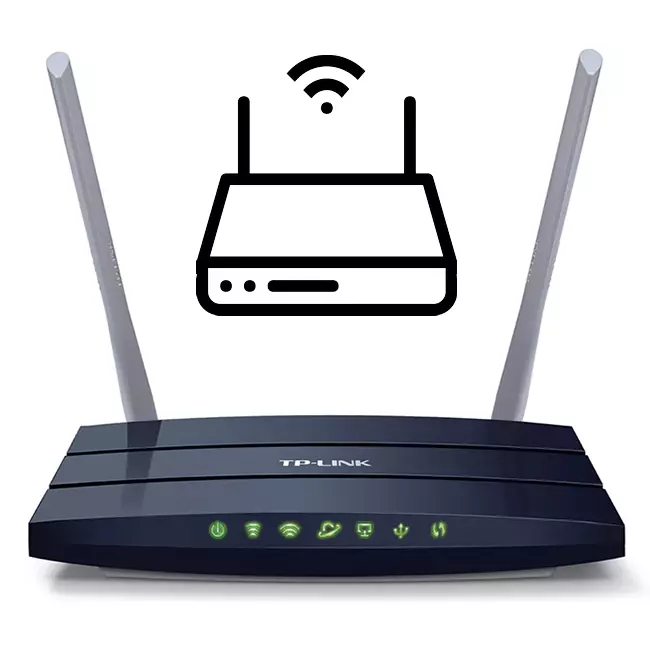
The router is a very useful device in the home of the Internet user and the years successfully performs its own function of the gateway between computer networks. But in life there are various situations. For example, you want to significantly increase the range of your wireless network. Of course, you can purchase a special device, which is called a repeater or repeater. Some expensive router models provide such an opportunity, but if you have an ordinary second serviceable router, you can go easier and, most importantly, free. To do this, you will need to connect two router to one network. How to implement it in practice?
We connect two router to one network
To connect two routers to one network, you can use two ways: a wired connection and the so-called WDS bridge mode. The choice of the method directly depends on your conditions and preferences, you will not find any special difficulties when implementing them. Let's consider in detail both options for developing events. On the experienced booth, we will use TP-LINK routers, on the equipment of other manufacturers, our actions will be similar without significant differences with the preservation of the logical sequence.Method 1: Wired connection
Connection with wire has a noticeable advantage. There will be no loss of receiving the speed and data transmission than often the Wi-Fi signal sins. Not terrible radio interference from working near electrical appliances and, accordingly, the stability of the Internet connection is kept at proper height.
- Turn off both router from the electrical network and all operations with physical connection cables are exclusively without meals. We find or buy the patch cord of the desired length with two terminal connectors of the type RJ-45.
- If the router that will broadcast the signal from the main router, was previously involved in another capacity, then it is advisable to roll back its settings to the factory configuration. This will avoid possible problems with the correct operation of network devices in a pair.
- One patch cord plug is gently sticking to a characteristic click to any free LAN port of the router, which is connected to the provider line.
- The other end of the RJ-45 cable is connected to the WAN jack of the secondary router.
- Turn on the main router. We go to the web interface of the network device to configure the parameters. To do this, in any browser on a computer or laptop connected to the router, type the IP address of your router in the address field. By default, network coordinates are most often as follows: 192.168.0.1 or 192.168.1.1, there are other combinations depending on the model and manufacturer of the router. Click on ENTER.
- We pass by authorization by entering the username and password to access the appropriate lines. If you have not changed these parameters, then most often they are identical: admin. Click "OK".
- In the web client that opens, go to the "Advanced Settings" tab, where all the parameters of the router are fully presented.
- In the right part of the page we find the Count "Network", where we move.
- In the drop-down submenu, choose the "LAN" section, where we need to check the important configuration parameters for our case.
- Check the status of the DHCP server. It must be involved in mandatory. We put the mark in the right field. We save changes. We leave from the web client of the main router.
- Turn on the second router and by analogy with the main router we go to the web interface of this device, we pass on the authentication and follow the network settings block.
- Next, we are very interested in the "WAN" section, where you need to make sure that the current configuration is correct for the set goal of the connection of two routers and make corrections if necessary.
- On the WAN page, you set the connection type - a dynamic IP address, that is, we turn on the automatic definition of network coordinates. Click on the Save button.
- Ready! You can use a markedly expanded wireless network from the main and secondary routers.
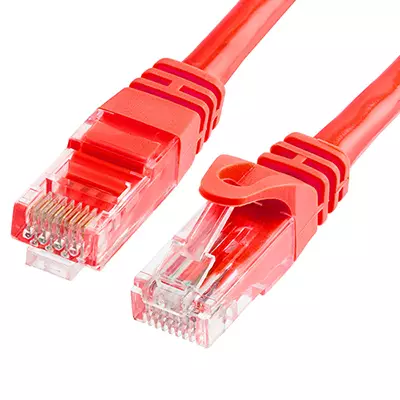

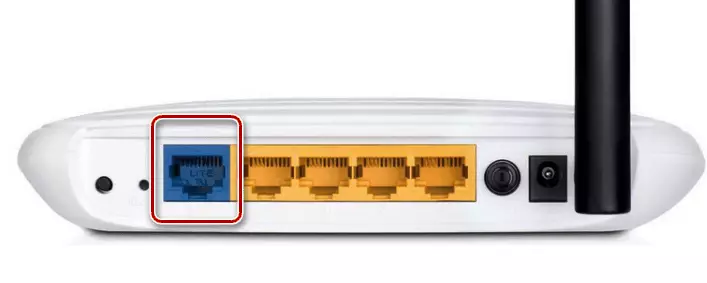

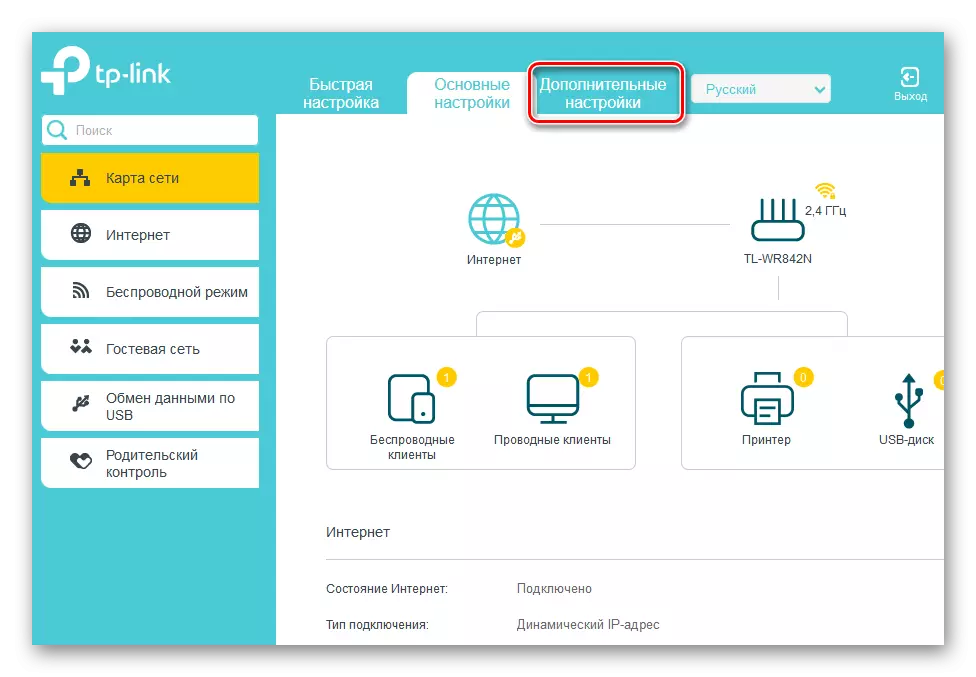
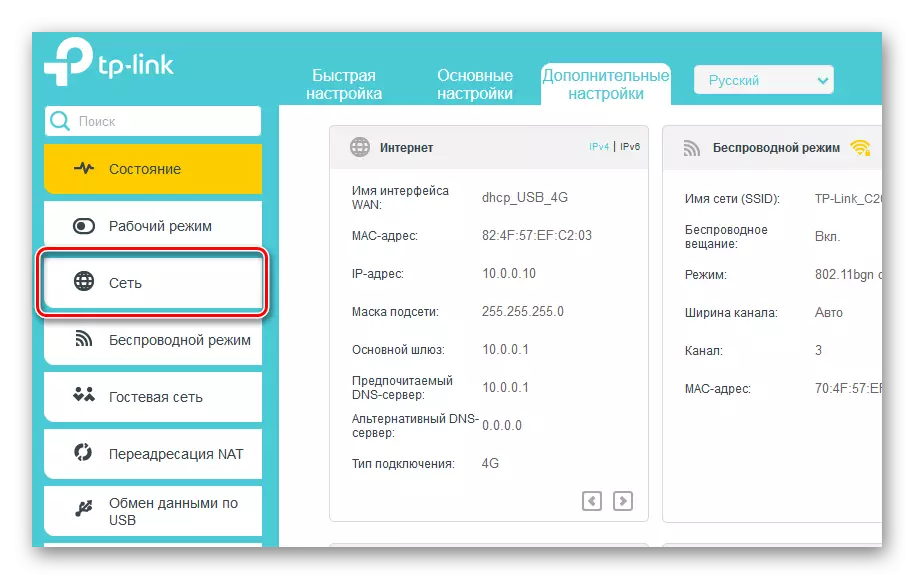
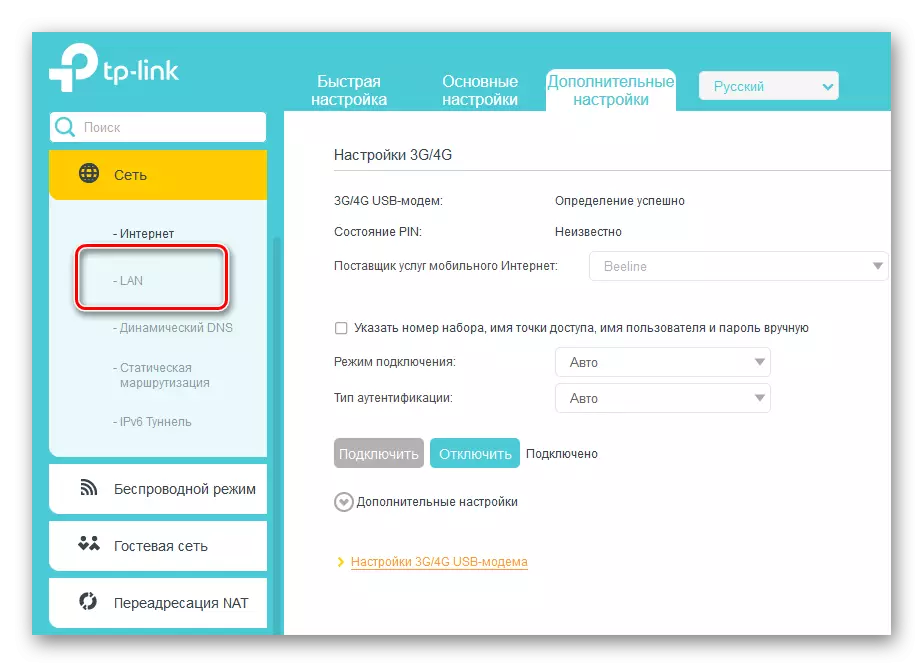
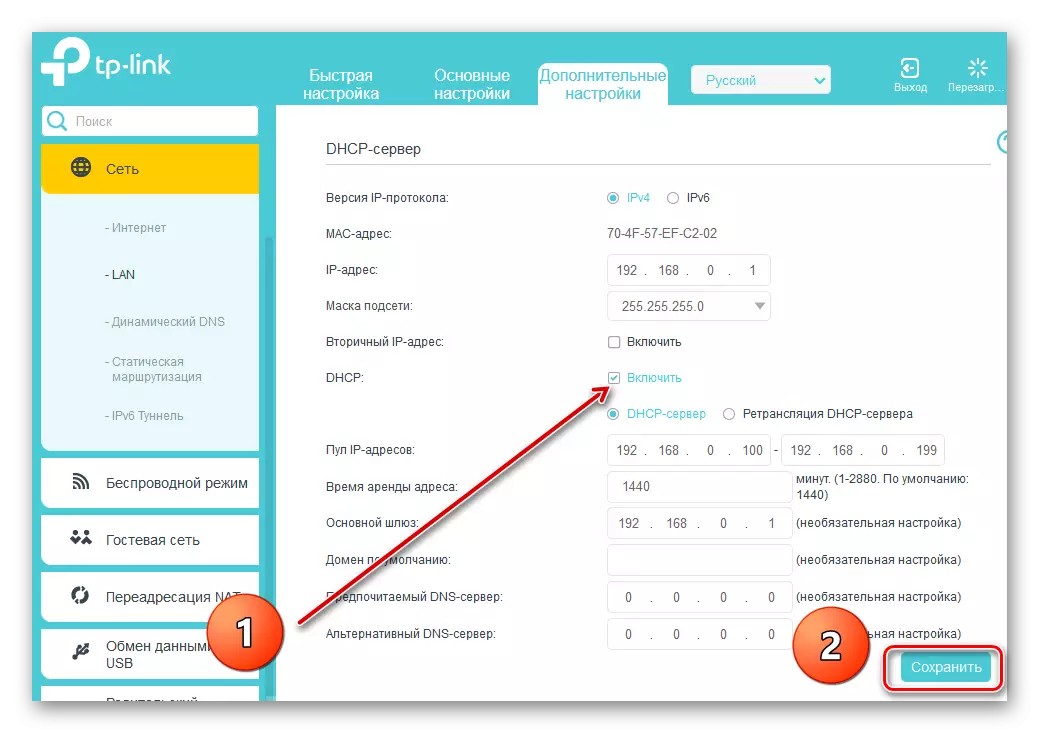
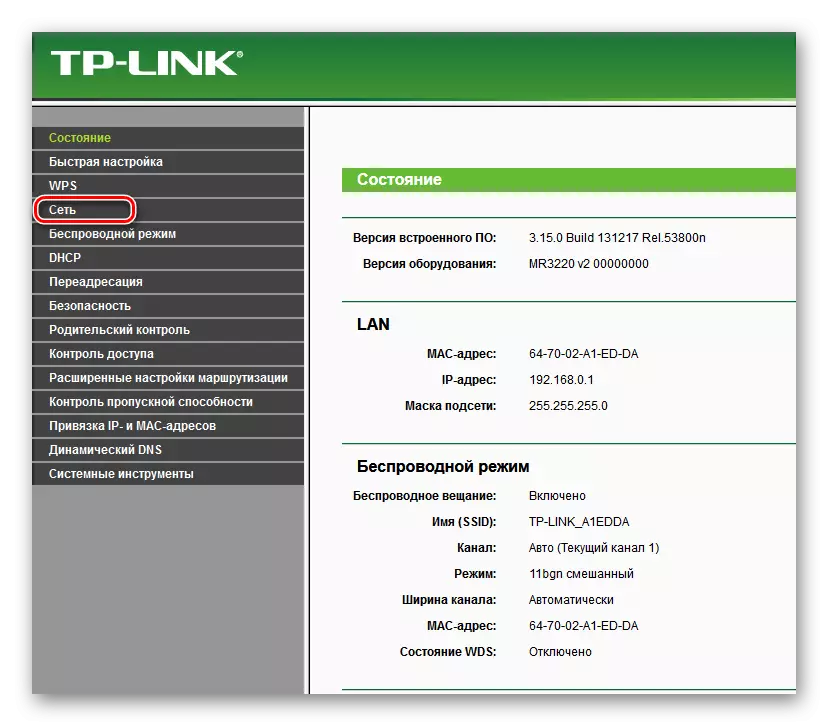
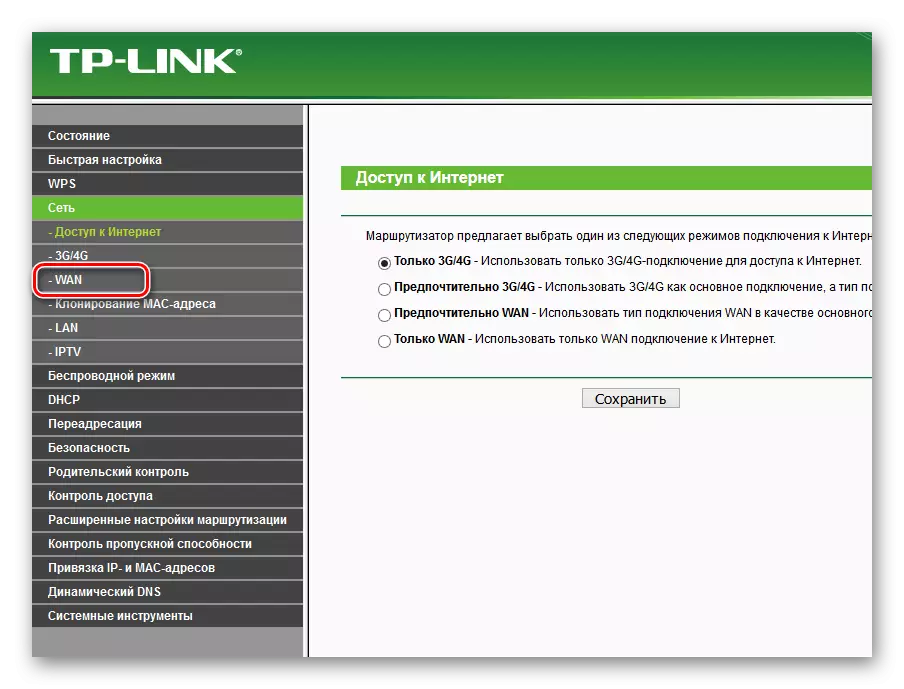
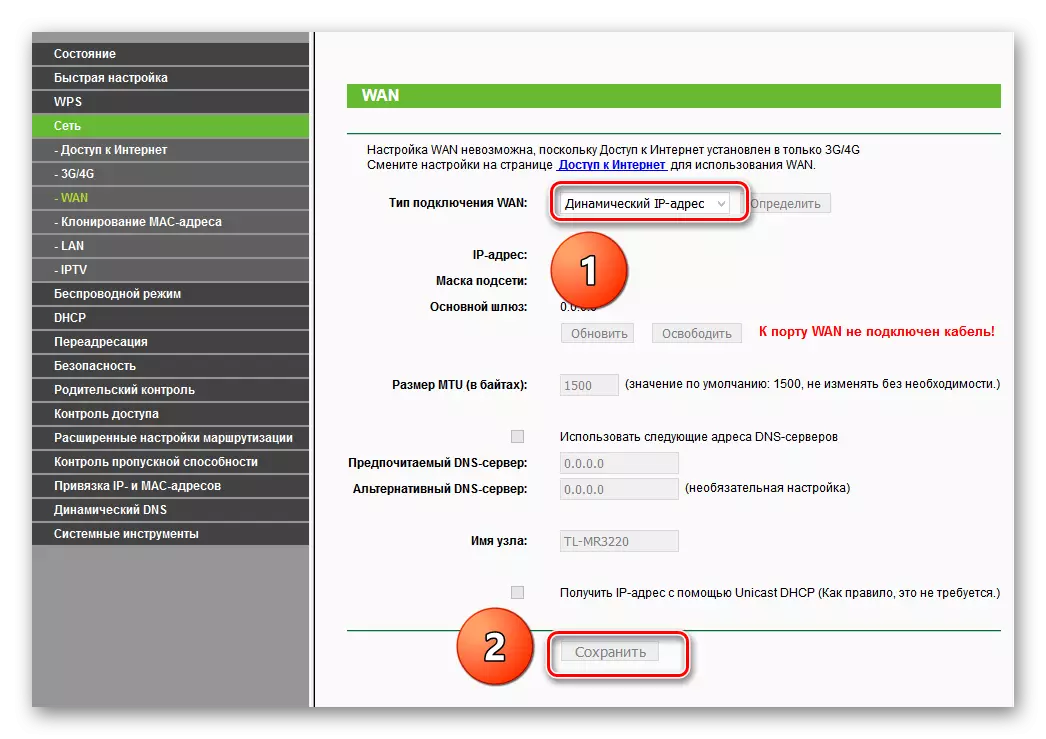
Method 2: Wireless Bridge Mode
If you are confused by the wires in your home, that is, the ability to use the Wireless Distribution System (WDS) technology and build a peculiar bridge between two routers, where one will be the lead, and the second led. But be prepared for a significant reduction in the speed of the Internet connection. You can get acquainted with the detailed algorithm for setting up the bridge between routers in another article on our resource.
Read more: Setting the bridge on the router
So, you can always connect two router into one network for different purposes without excessive effort and costs, using a wired or wireless interface. The choice remains yours. Nothing difficult in the process of setting network devices is not. So dare and make your life more comfortable in all respects. Good luck!
See also: How to change the password on a Wi-Fi router
